Thousands more residents of Ahwaz City required urgent medical treatment this week in an ongoing environmental disaster that experts are linking to local industrial projects.
This week, over 2,000 people have been taken ill as a result of air pollution with the official toll this month exceeding 20,000. The actual level is likely to be far higher as many city residents have either not sought help or have attended private clinics which do not feature in official statistics.
Primary schools and nurseries in many cities have been closed and parents have been told to keep children indoors. The provincial governor’s only response to the crisis has been to order hospitals not to release any more casualty figures for people admitted to emergency departments with respiratory illness.
Heavy rains have brought down acid rain, although the toxic downpours themselves are not responsible for the health crisis. The industrial pollutants that cause acid rain – sulphur dioxide and nitrogen oxide – are responsible for the outbreak of respiratory problems with intensive care wards being filled with the elderly, infirm and young. These gases interact in the atmosphere to form fine sulphate and nitrate particles that can be transported long distances by winds and inhaled deep into people’s lungs. Rain appears to be transporting pollution across a wide area.
Although Ahwaz is possibly facing the world’s worst industrial disaster since the 1984 chemical leak in Bhopal, India, the government has refused to act and close polluting industries.
Even before the latest crisis, the World Health Organisation (WHO) claimed that Ahwaz was the world’s most polluted city, although the Iranian government has claimed that the pollution originates from Iraq; nearby Kuwait City and Basra do not have such high rates of pollution.
The health ministry admitted earlier this year that over 80,000 people country-wide died every year due to air pollution, causing around a fifth of all deaths.
Mohammad Reza Amlazadeh, the provincial head of crisis management, said the governor’s office is holding meetings over the health crisis and claimed that Ahwaz City was not the only city affected. Omidieyeh has also seen an outbreak of asthma and allergies. However, he claimed that there were no details on the causes of the acid rain and pollution.
The authorities have refused to order a temporary shutdown in local industries believed to be responsible for the health crisis in Ahwaz.
The incomplete Amak project – which aims to desulphurise acidic associated gas from oil production – has been blamed by its senior adviser, Dr Hamid Reza Sayyah of the Iran Petroleum University of Technology (PUT)
Sasan Mogahi of Jondi Shapour hospital claims that high rates of nitrates from the petroleum industry and from post-harvest burning of stubble on sugar cane plantations are likely to be the causes of the crisis.
Ahwaz university professor Maryam Abrishamkar claims that high rates of gases such as sulphur dioxide and nitrogen dioxide originate from the oil industry, but also the steel industry had discharged toxic quantities of magnesium oxide, nickel and calcium oxide. She also points to the high lead, cadmium and mercury levels, which are much higher than WHO’s recommended maximum rates and is putting people at high risk of serious long-term illness.
Abrishamkar’s suggested solutions include better environmental controls at industrial plants and temporary two-day industrial stoppages in the region to reduce air pollution. She warned that the failure to deal with Ahwaz’s environmental crisis could put the rest of the country at risk.
Air pollution is not the only concern of residents. The rains have flooded storm drains and the sewerage system has collapsed in many areas, such as Kianpars, Farhangian, Char Shir and Kiyanabad. Flooded roads have also caused transportation problems, preventing the vulnerable and ill from reaching hospitals. Ahwaz city mayor Sayed Khalaf Mousavi has admitted that the sewerage system is the city’s most enduring problem and has never been prioritised, despite an annual state of emergency during rainy season.
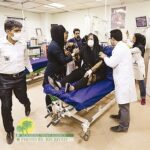
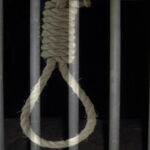
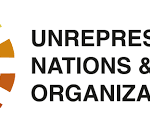




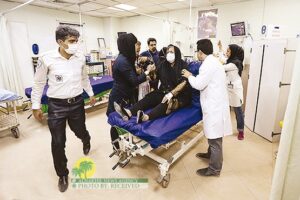
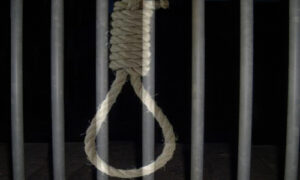
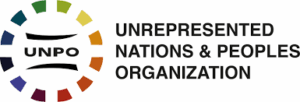

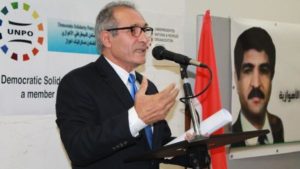
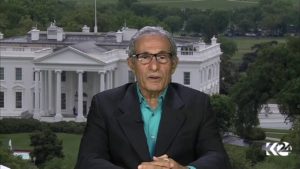
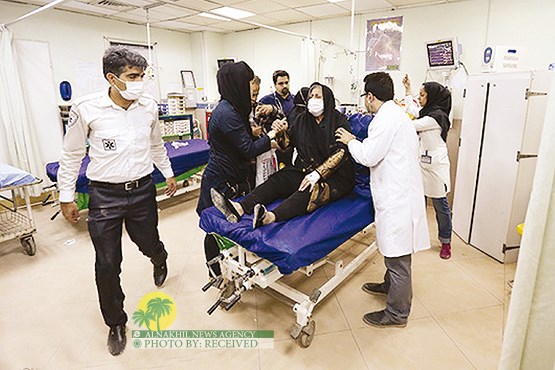





+ There are no comments
Add yours